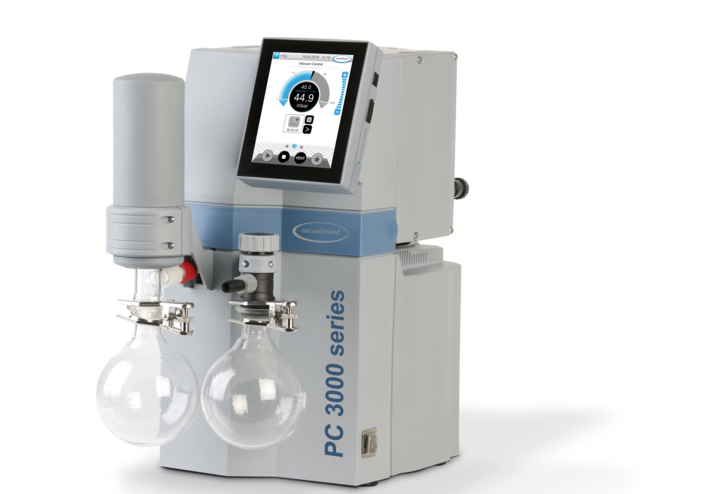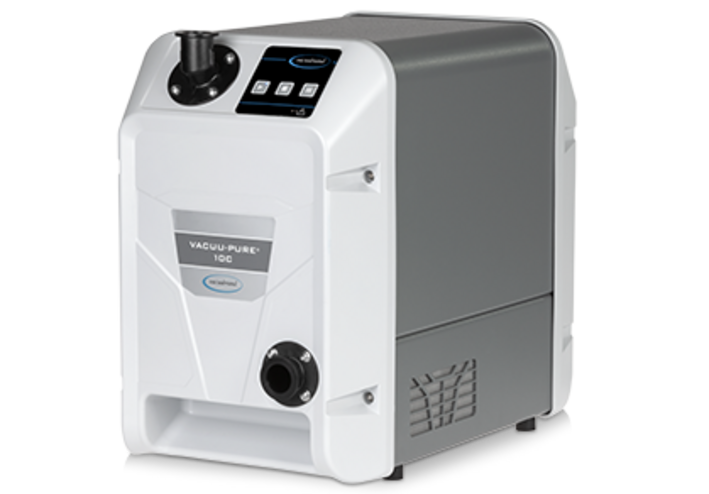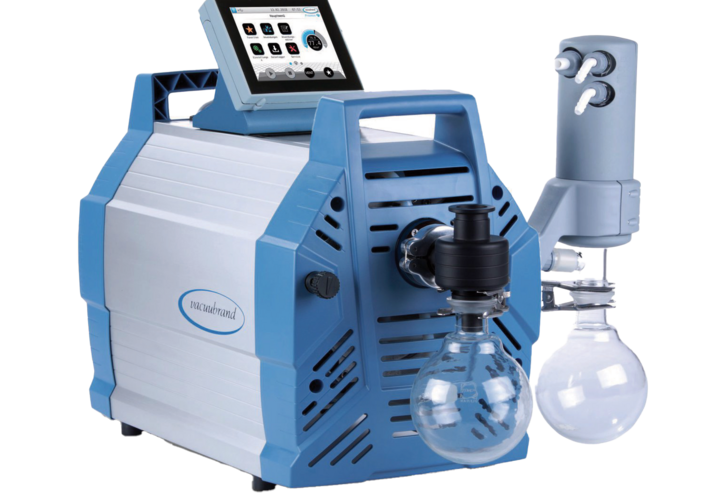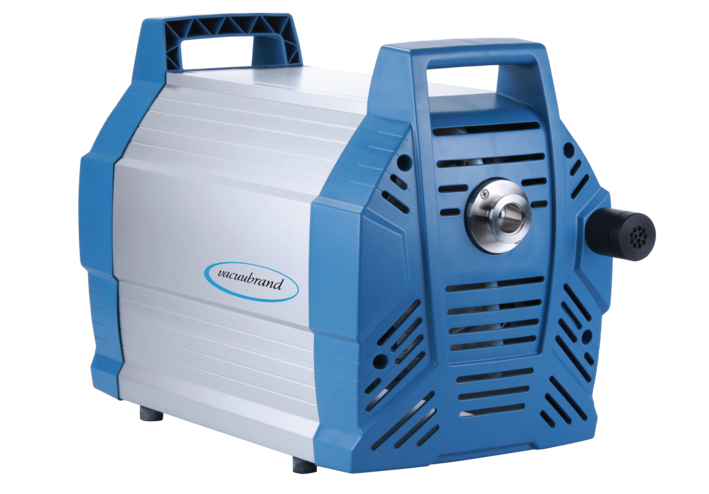How to Choose a Vacuum Pump for Chemical & Pharmaceutical Industries
Vacuum technology plays a vital role in the chemical and pharmaceutical industries, especially in CDMO's such as kilo labs, pilot plants, and synthesis-scale production. From solvent removal to inert atmosphere control, many key processes depend on reliable, high-performance vacuum systems. Choosing the right vacuum pump is essential for maintaining safety, maximizing productivity, and meeting regulatory standards in chemical and pharmaceutical production workflows.
Whether you're supporting early-stage drug development or producing fine chemicals in pilot quantities, your vacuum system needs to withstand harsh solvents, operate continuously, and deliver stable, reproducible performance. This guide outlines the core applications, requirements, and pump technologies best suited for chemical and pharmaceutical environments.
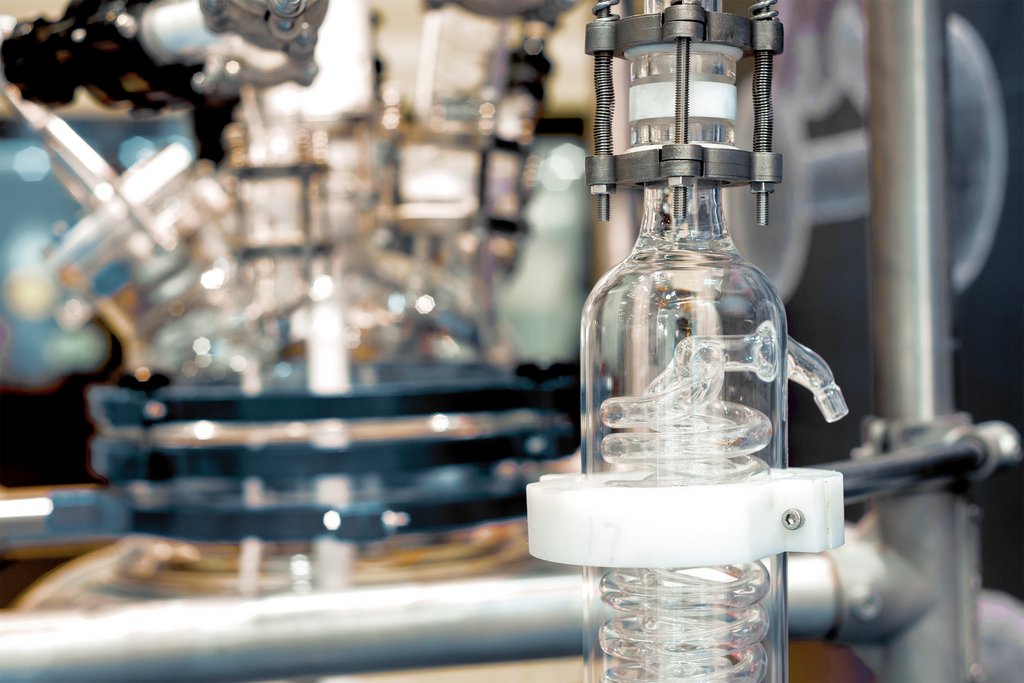
Vacuum Applications in Chemical and Pharmaceutical Processes
In development and process-scale settings, vacuum pumps support a wide variety of pharmaceutical applications, including:
- Distillation: Essential for solvent removal, purification, and product recovery, especially under reduced pressure for heat-sensitive compounds.
- Degassing: Removing dissolved gases from liquids before reactions or packaging.
- Solvent Recovery: Capturing and recycling valuable or hazardous solvents to improve sustainability and reduce emissions.
- Reaction Control: Maintaining precise pressure levels during syntheses, crystallizations, and extractions.
- Inert Processing: Evacuating reaction vessels before backfilling with nitrogen or argon to protect air-sensitive compounds.
- Drying: Removing moisture from intermediates or final products, often under vacuum to prevent thermal degradation.
These processes are particularly common in kilo labs and pilot plants, where small-to-medium quantities (hundreds of grams to several kilograms) are produced for formulation development, safety studies, and early-stage clinical trials. Each process demands a carefully matched vacuum pump that can withstand aggressive chemicals and support both routine and long-duration runs.
Process Requirements
Chemical and pharmaceutical synthesis environments pose several technical challenges for vacuum systems. Processes often involve:
- A wide range of chemicals and operating conditions, including acids, bases, and reactive intermediates—common in the broader chemical processing industry.
- Long runtimes, with pumps required to operate for hours or days without interruption.
- Medium to high vacuum requirements, depending on the solvent, product sensitivity, and regulatory needs.
- High vapor loads, especially during solvent-heavy steps like distillation or drying.
- Flammable or potentially explosive atmospheres created by volatile organic compounds (VOCs).
- The need for controlled and repeatable pressure profiles to ensure reproducibility and safety.
Without the right vacuum setup, labs risk inconsistent performance, slow cycle times, pump contamination, and even safety hazards.
Vacuum Pump Requirements for Reactors and Synthesis
A vacuum pump for chemical or pharmaceutical synthesis needs to do more than just pull vacuum; it must deliver consistent performance under demanding conditions. Here’s what to look for:
- High Chemical Resistance: Materials like PTFE, PEEK, and FFKM are critical for wetted parts to resist aggressive or corrosive vapors. This prevents premature wear and extends pump lifespan.
- Strong Performance Across Pressure Ranges: Processes like degassing, distillation, and drying each demand different pressure levels. Your pump must maintain high pumping speeds over a wide range, from atmospheric down to deep vacuum.
- Low Ultimate Vacuum, Even with Gas Ballast: Many solvents condense easily and require a gas ballast to prevent buildup inside the pump. A quality system should still reach low vacuum levels even with the ballast open.
- High Pumping Speed: To keep up with vapor-heavy processes, such as those involving large solvent volumes or heated vessels, you need fast evacuation and recovery times.
- Integrated Vacuum Control: Automated control systems (like VARIO® technology) allow dynamic adjustment of vacuum levels throughout a process, enabling better reproducibility and reducing product loss from bumping or foaming.
- Explosion Protection: In potentially explosive environments, pumps should offer ATEX compatibility or be designed for safe handling of flammable vapors.
- Oil-Free Operation: Diaphragm and dry vacuum pumps that run without oil or water seals minimize contamination risk, reduce maintenance needs, and simplify cleanup in GMP-compliant environments.
Need help choosing the best model for your lab, consult the comparison chart below or reach out to a vacuum specialist via our Contact Form.

Choosing the Right Vacuum Pump for Your Process
Every lab setup is different, and the right vacuum pump depends on several practical considerations:
- Process Scale: Small-scale synthesis or benchtop development may only require a compact diaphragm pump. Pilot plant applications or larger jacketed reactors typically call for high-throughput systems capable of continuous operation.
- Solvent Type and Volume: Evaporating water or ethanol requires different performance than removing DMSO or toluene. For heavy solvents or high boiling points, deeper vacuum and higher flow rates are essential.
- Sensitivity of Materials: Delicate compounds (e.g., biologics, temperature-sensitive APIs) benefit from precise, adjustable vacuum control to prevent thermal degradation or foaming.
- Automation and Control: Speed-controlled pumps that integrate with PLCs or software platforms improve efficiency and process reproducibility, especially during staged reactions or multistep syntheses.
- Safety Requirements: Processes involving flammable solvents demand equipment that meets ATEX directives or equivalent safety certifications.
- Maintenance Preferences: If your lab prioritizes minimal downtime, choose an oil-free system with fewer consumables and longer service intervals.
Recommended VACUUBRAND Solutions from BRANDTECH
BRANDTECH offers a curated range of chemically resistant, oil-free VACUUBRAND vacuum pumps ideal for demanding chemical and pharmaceutical production:
How can we help with your lab vacuum?
Consider your specific application needs and the features in selecting a pump, you can find a vacuum pump, or reach out to our vacuum specialist for support.


